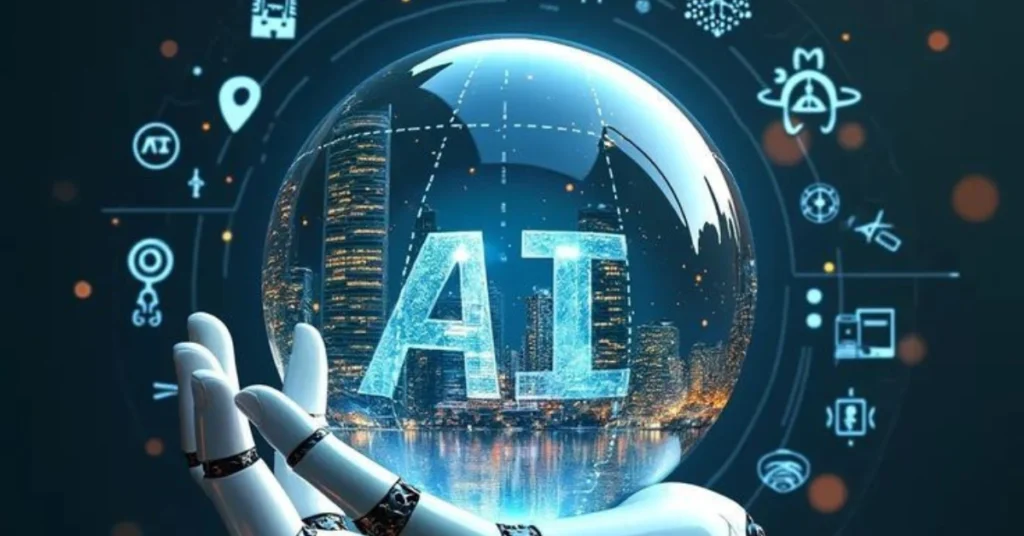AI chatbots have become an essential part of our digital lives, powering customer service, virtual assistants, and online communication across industries. While they excel at processing language and providing fast responses, there’s one area where they consistently fall short: cultural understanding.
From misunderstandings of local customs to tone-deaf responses in sensitive conversations, the reality is clear—AI chatbots struggle with cultural understanding, and this limitation affects their effectiveness on a global scale.
In this article, we’ll explore why cultural understanding is so challenging for chatbots, highlight real-world examples of where they go wrong, and discuss what researchers and companies are doing to bridge the gap.
Why AI Chatbots Struggle with Cultural Understanding
Language vs. Culture
Most AI chatbots are trained on large datasets of text, which help them recognize grammar, vocabulary, and context. However, language is more than just words—it’s deeply connected to culture. For example, humor, politeness, or even directness can mean very different things depending on the cultural background of the speaker.
One-Size-Fits-All Training
AI systems often rely on global datasets that don’t take regional variations into account. A phrase acceptable in one culture may be offensive in another. This lack of nuance makes chatbots appear rigid or insensitive.
Limited Contextual Awareness
Humans naturally interpret cultural cues like tone, formality, and non-verbal context. Chatbots, on the other hand, process only text or voice input, often missing the deeper meaning behind words.
Real-World Examples of Cultural Misunderstandings
Customer Service Gone Wrong
Consider a chatbot designed to handle customer complaints for a multinational company. In Japan, indirect and highly polite communication is common, while in the U.S., customers may use direct, assertive language. A chatbot trained on Western datasets may misinterpret Japanese politeness as satisfaction, failing to escalate an issue.
Humor and Jokes
Humor is one of the hardest cultural elements for AI to grasp. A joke that lands perfectly in the U.K. might be confusing or offensive in another region. This limitation can make chatbots seem cold or out of touch when trying to engage users.
Sensitive Topics
In cultures where religion or politics are sensitive subjects, an ill-timed chatbot response can create frustration or even damage a brand’s reputation. Without cultural training, AI risks stepping into these pitfalls.
The Importance of Cultural Sensitivity in AI Chatbots
Building Trust
Users are more likely to trust chatbots that understand their cultural context. A respectful, culturally aware response builds credibility and improves user satisfaction.
Expanding Global Reach
Businesses increasingly operate across borders. A chatbot that adapts to local customs and communication styles can serve diverse markets more effectively.
Avoiding Miscommunication
Cultural misunderstandings aren’t just inconvenient—they can be costly. For global companies, a chatbot misstep may alienate customers or harm brand reputation.
How Companies Are Tackling the Challenge
Localized Training Datasets
Some developers are building region-specific datasets to help AI models recognize cultural nuances. For example, training a chatbot in Spanish might include both European and Latin American variations.
Multimodal Context Awareness
Future AI systems may incorporate more than just text. By analyzing tone of voice or even facial expressions, chatbots could better understand cultural context.
Human-in-the-Loop Systems
Companies are increasingly adopting hybrid systems where humans monitor chatbot interactions, especially in sensitive scenarios. This ensures cultural appropriateness while still leveraging AI efficiency.
Continuous Learning
Chatbots can be designed to learn from user feedback, adapting their responses over time. This iterative process helps improve cultural awareness gradually.
Comparing AI Chatbots Across Cultures
| Feature | Western Context (e.g., U.S.) | Eastern Context (e.g., Japan) |
|---|---|---|
| Directness in Language | Preferred | Often avoided |
| Use of Humor | Common in communication | More restrained |
| Politeness Levels | Moderate | Very high |
| Chatbot Struggles | Misunderstands nuance | Misreads politeness as approval |
This table highlights how the same chatbot behavior might succeed in one region but fail in another, underlining the importance of cultural sensitivity.
The Role of AI Ethics and Responsibility
The issue of cultural understanding in AI chatbots is not just technical—it’s ethical. Developers have a responsibility to ensure their tools respect cultural differences and avoid reinforcing stereotypes.
Responsible AI development means:
- Inclusive Training Data: Avoiding bias by representing diverse voices and contexts.
- Transparency: Making it clear when users are interacting with a chatbot.
- Accountability: Having systems in place to correct mistakes quickly.
Looking Ahead | The Future of Culturally Aware Chatbots
While AI chatbots struggle with cultural understanding today, advancements are on the horizon. With improved natural language processing, real-time learning, and integration of cultural datasets, future chatbots may handle diverse global interactions more gracefully.
We can expect:
- Customizable chatbots tailored to regional markets.
- Smarter translation systems that capture cultural meaning, not just words.
- Collaboration between AI developers and cultural experts to create more nuanced systems.
Conclusion
In conclusion, while AI chatbots have transformed digital communication, their struggle with cultural understanding highlights a major challenge in building trust and engagement. By integrating localized training, multimodal context, and ethical AI practices, developers aim to create culturally fluent AI systems that not only process language but also respect the culture behind it. Achieving this balance is crucial for businesses and users in today’s interconnected world, making cultural understanding in AI chatbots a key step toward more effective and human-like interactions.


